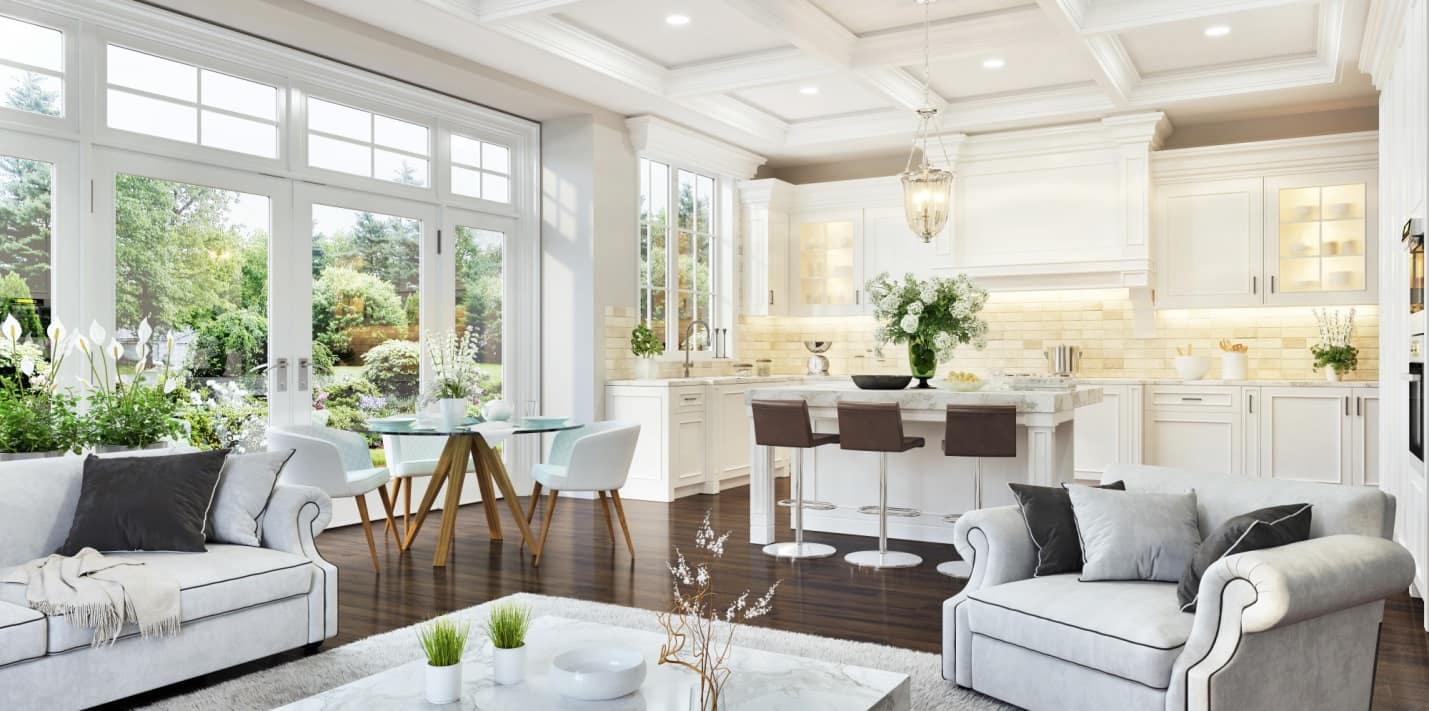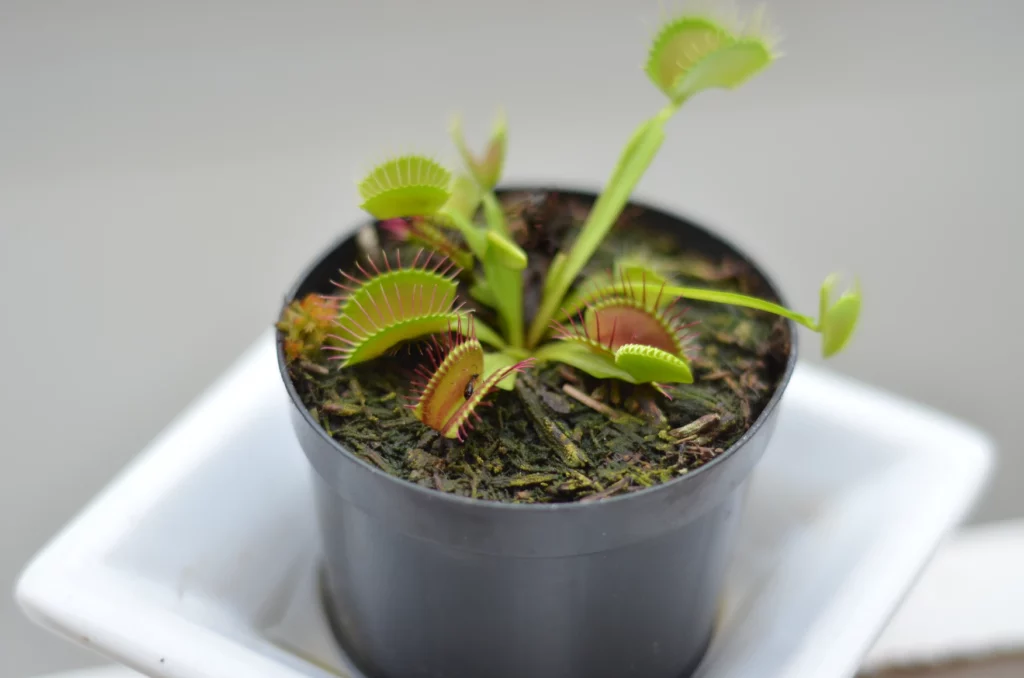Spice up your personal space with unique house plants which can even help improve your skin.
House plants can increase oxygen in a room , and bring life to the skin.
Artificial plants might look good but do nothing for the skin. A real life plant can do so much for your overall health.
Plus when a room is looking dull, unique house plants are the perfect décor to give it new life.
In fact, house plant sales drastically increased within the past two years, proving that a little greenery can radiate positive energy around the house as well as improve overall health and wellbeing.
So, whether you’re a first-time buyer or a house plant veteran, these unique house plants will have people asking if they’re real of fake – the best compliment, and have your skin looking better than ever.
Watermelon Peperomia (Peperomia Argyreia)
The name is exactly as it looks. The unique patterning on the plant creates gorgeous little watermelon look-alikes and is sure to add an interesting design in the room.
Watermelon Peperomias are tropical plants so, they’re most comfortable under warm conditions – but not temperatures higher than 27 degrees celsius.
As they are tropical plants, it is easy to assume that these plants love the sun. However, if put under direct sunlight, the leaves may burn. Watermelon Peperomias prefer being in bright spaces but in the shade.
Less is more when it comes to watering these plants and is critical not to overwater them. Water once a week, make sure to drain the soil/pot where the roots are sitting in water. In hotter weather, water a little more and in cooler weather, water a less frequently.
It is also ideal to spray water the plant occasionally to increase the environment’s humidity.
Calathea Sanderiana
If a pop of colour is what your room needs, this plant is a great choice. It’s perfectly placed symmetrical pink lines create an illusion which tricks people into thinking the plant is man-made.
The hint of light pink can only last if the plant is kept under medium indirect sunlight, as the sun can cause the colour to fade. However, the plant does not thrive in low-light conditions.
The Calathea Sanderiana needs to be kept in warm temperature conditions but cannot be exposed to fireplaces or heaters as the plant can dry out.
Consistent watering is ideal however, the soil must not dry out completely between watering’s; this can potentially kill the plant. At the same time, do not leave it in soggy soil – this is where drainage holes in pots come in handy.
String of Dolphins (Senecio Peregrinus)
A part of the succulent family, the String of Dolphins is a rare animal-shaped plant being one of the most adorable house plants on the market.
The plant’s natural-grown curves up close is a perfect replica of a dolphin jumping in the ocean – how much more unique can you get?
The best part is, it’s easy to care for.
Unlike its succulent siblings, like the cactus, String of Dolphins thrive under cooler conditions – it can survive in 4 degrees Celsius weather in winter. In turn, the plant can get easily burnt under direct sunlight. They’re best put in shaded areas or in indirect sunlight spaces in the home.
String of Dolphins need watering once a week where the soil needs to be dried out completely between each watering. Water only once a month during the plant’s ‘sleeping’ period in winter.
Venus Flytrap (Dionaea Muscipula)
With a mind of its own partnered by its intimidating spikes, the Venus Flytrap is one of the most unique plants to exist. Staying true to its name, this carnivorous plant is famously known for trapping and killing insects, and even baby frogs and lizards, right in front of your eyes.
As amazing as it sounds, Venus Flytraps are (expensive) and rare to find. They’re also not the easiest house plants to care for, however can be the most rewarding if done right, as the plant can last up to 30 years.
Unlike the other plants listed above, ideally its location is in direct sunlight or the brightest spot in the house. If the plant has been in darker environments prior to its purchase, gradually place it in brighter areas as sudden direct sunlight can burn the leaves.
Its soil must be moist almost all the time and can survive in an inch of water in a drip tray from time to time. It is also important that the plant is watered with pure water, such as bottled and rainwater, as opposed to tap water which has added salt and minerals.






Nice blog. Love the pics and plants. Mind-blowing thoughts you share. Love to read more of this kind of blog. thank you writing.